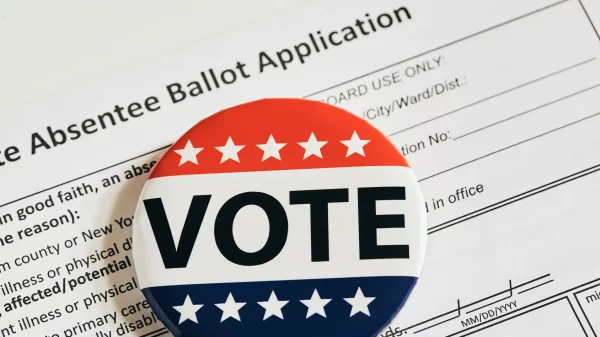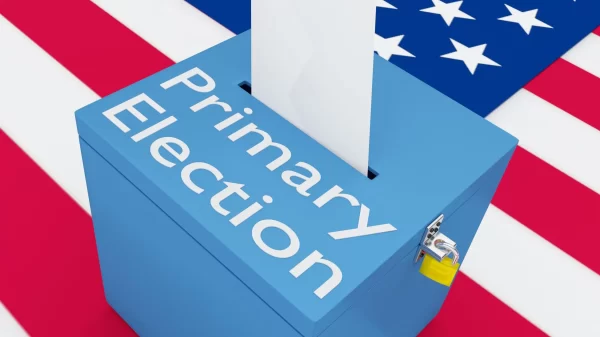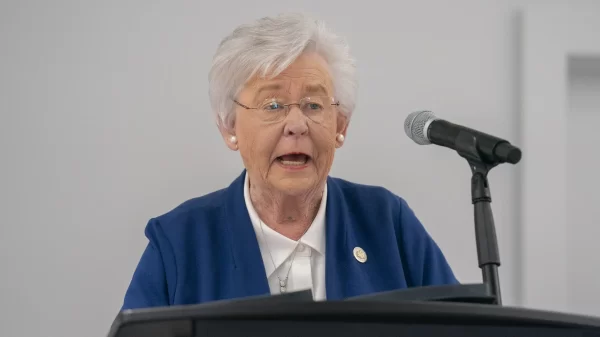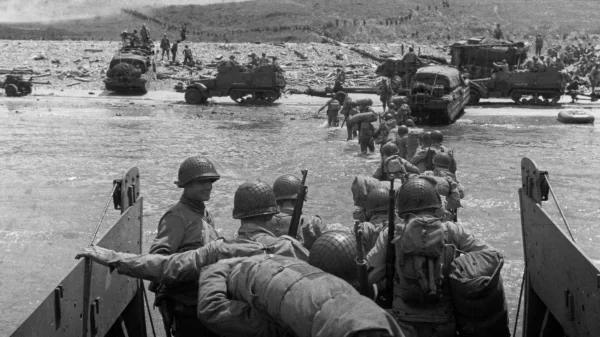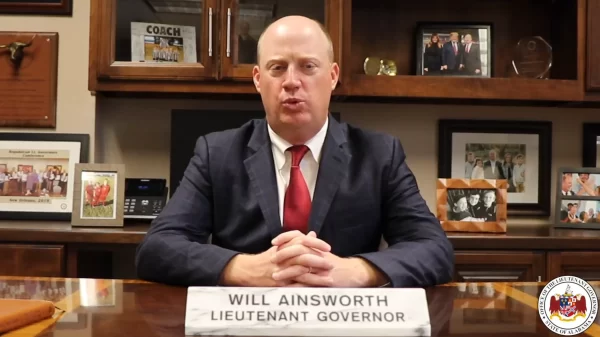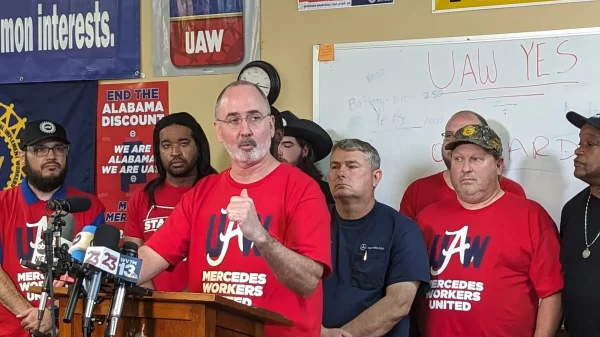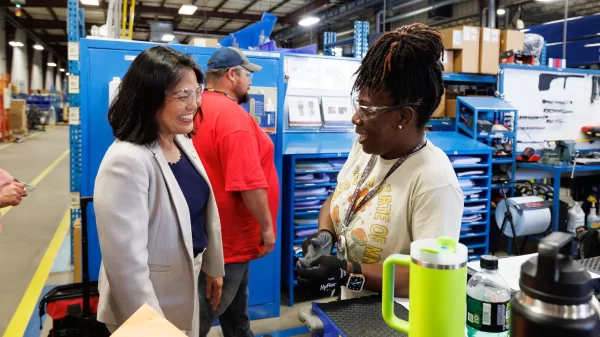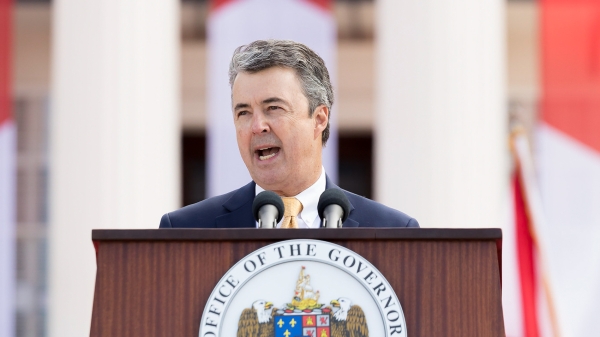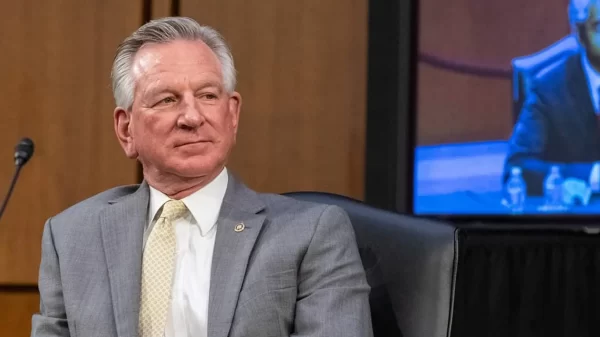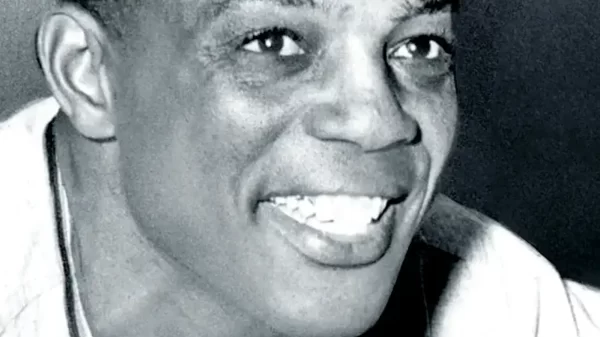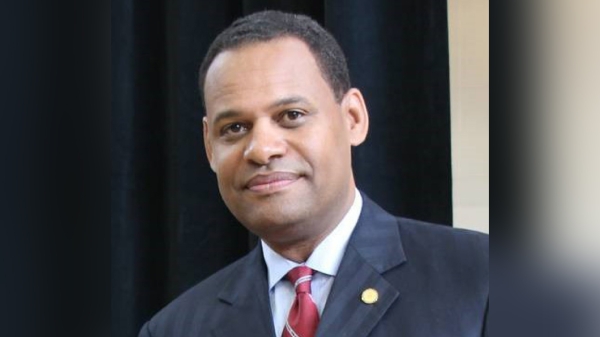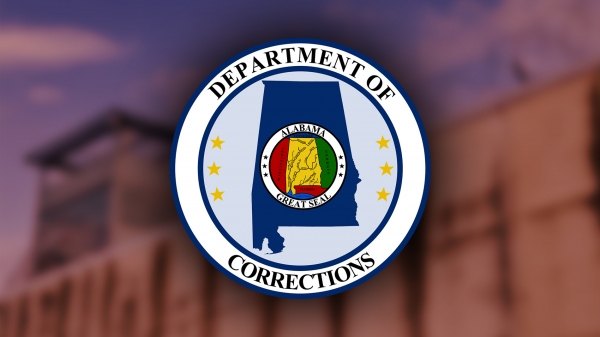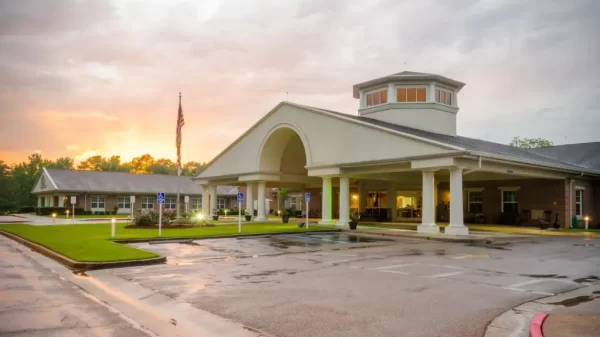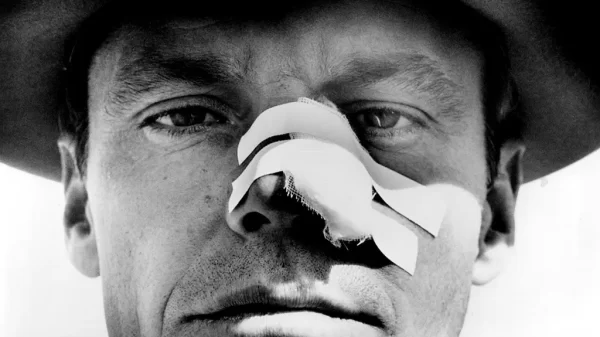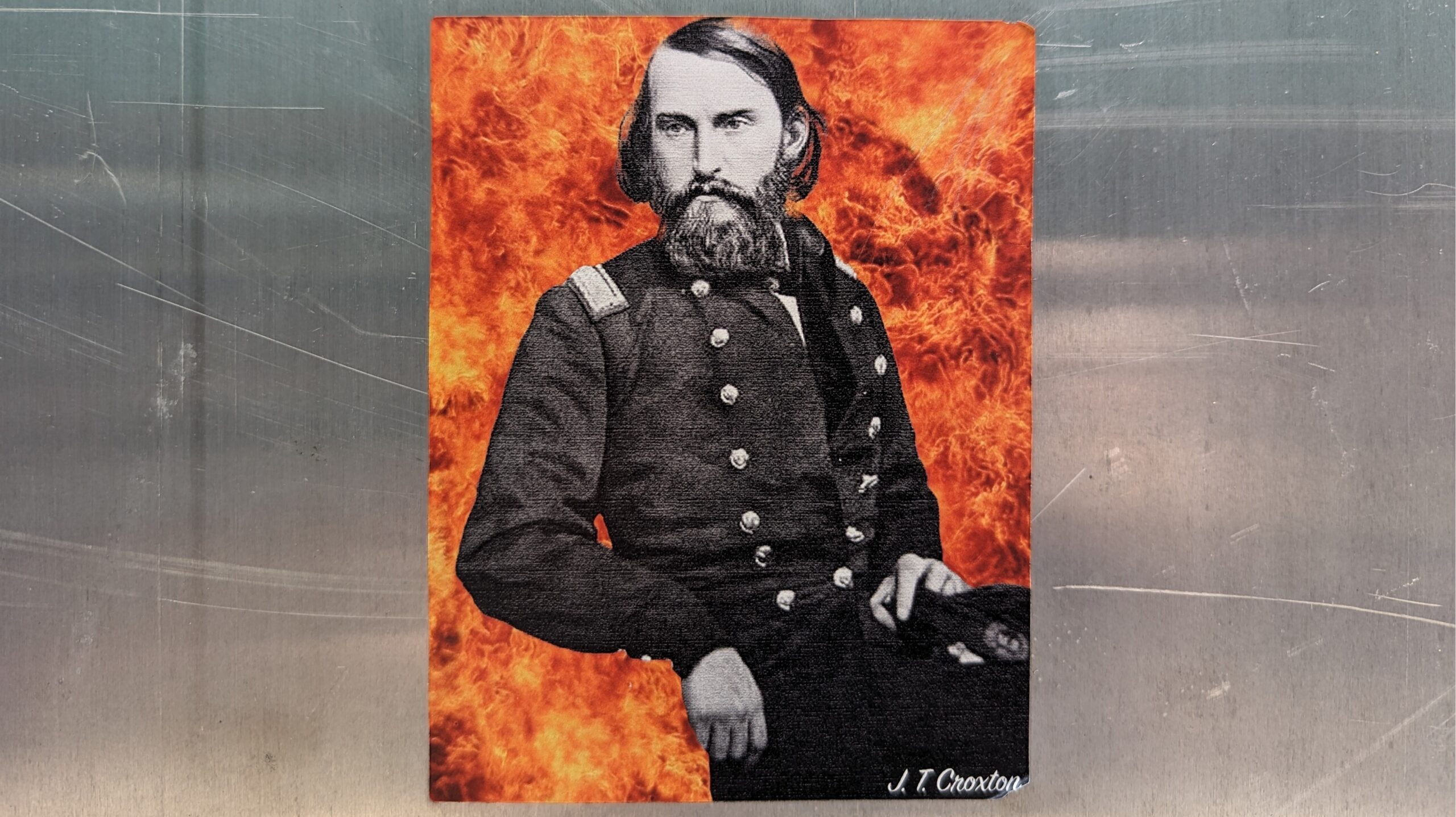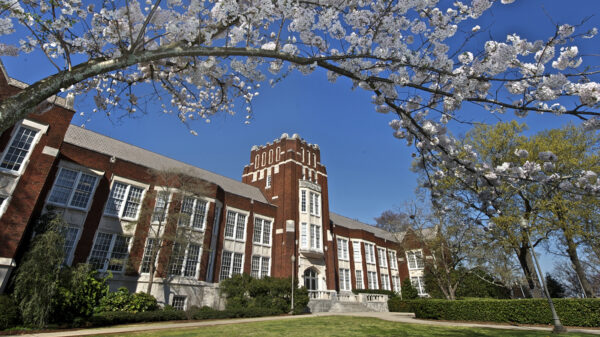|
Getting your Trinity Audio player ready...
|
If you walk around Tuscaloosa a lot, as I am wont to do, you’ll notice this one specific sticker a lot. A black and white portrait on a fiery background. By my count, there’s probably between a half dozen and a couple dozen copies pasted around town.
If your curiosity is piqued the third or fourth time you happen upon one of them, luckily there’s a name at the bottom right of each sticker: J.T. Croxton. Short for John T. Croxton, the Union general. The general whose troops burned down most of the University of Alabama on April 3, 1865. You suddenly understand the flames.
These stickers, in my opinion, are the way we should remember the Civil War: frequent interruptions to your day-to-day that both remind you of what was done to end slavery and that it needed to be done—Croxton’s steely gaze brooks no argument.
But down the street a ways from one of those stickers, you can also stumble upon a spiffy sign about that spring night. The heading reads: “Alabama Corps of Cadets Defends Tuscaloosa.”
That sign was installed in 2003 thanks in part to the generous sponsorship of the Sons of Confederate Veterans, who believe the “preservation of liberty and freedom was the motivating factor in the South’s decision to fight the Second American Revolution” [emphasis added].
Practically the second Grant and Lee shook hands, the freshly minted former Confederates started working to burnish their tarnished legacies. By the turn of the century, organizations like the Sons of Confederate Veterans and the United Daughters of the Confederacy had popped up, ready to defend the supposed honor of the slaveholders’ insurrection and literally rewrite history in order to do so.
The “Lost Cause,” the myth that the Southern states sought to secede over “states’ rights” and not the right of white men to own human beings like chattel, was largely their work. The pro-Confederate monuments and statues now scattered across the country were almost all erected by these groups decades after the war’s close, after the end of Reconstruction and the reinstatement of dictatorial white rule over the South.
Every statue built, every textbook rewritten, was meant to conceal that “to strengthen, perpetuate, and extend [slavery] was the object for which the insurgents would rend the Union even by war,” as President Lincoln explained in his second inaugural address — one of the greatest speeches ever delivered by an American politician.
By the time of the Civil War, the pretenses of moral sentiment displayed by nominally anti-slavery slaveowners like Jefferson and Washington had long since withered away. In the infamous words of South Carolina Senator John Calhoun, slavery was viewed as “a positive good.” Southern states even restricted all criticism of their “peculiar institution” by banning abolitionist literature and preventing the Senate from receiving anti-slavery petitions.
To quote Garry Wills: “Those who think the Civil War was not about slavery but about freedom from the ‘despotism’ of the federal government should reflect that the South was given the choice between slavery and freedom when it came to destroying freedom of speech. It chose slavery.”
The Union’s victory was a victory for freedom, if not a permanent one. And it is a horrific reminder of Reconstruction’s tragic failure to protect the freedom of Black men, women, and children that not even fifty years after the end of the Civil War, Arlington National Cemetery would be befouled by a pro-Confederate monument: the so-called Confederate Memorial. One more monument funded by the United Daughters of the Confederacy in an attempt to make heroes out of traitors.
In 1909, when President Taft spoke at the monument’s cornerstone laying, he claimed under Republican rule “it was impossible for the Southerner to escape the feeling that he was linked in his allegiance to an alien nation and one with whose destiny he found it difficult to identify himself.”
One must wonder, I suppose, if Taft thought for a single second about how a memorial honoring the Confederacy might alienate the many thousands of freed slaves still alive, or their many millions of descendants. What nation could be more alien than one that actively honors those who fought to enslave your family? What feeling more impossible to escape?
When the monument was finally dedicated in 1914, Robert E. Lee’s grandson was invited to speak. Unlike the Confederate leaders the crowd had gathered in order to honor, the grandson did condemn the South’s peculiar institution, but only in the lightest possible terms:
True it is that the domestic light of the South shone through the dark veil of slavery, but that darkness was not great; it was a slavery but not a serfdom, the dwelling together of two unequal races, without a familiarity; it was the good old-fashioned patriarchal bond-men and bondmaids, and not medieval chattels or Roman villeins.
The young Lee’s reference to “good old-fashioned” slavery had been worked into the memorial’s bronze, in spirit if not in text. The only two Black people portrayed in the monument are both slaves loyally supporting their masters going off to war.
In the words of the great scholar W.E.B. DuBois, slavery “represented in a very real sense the ultimate degradation of man,” and for over 100 years after that dedication we let a monument to such a wretched system remain where we bury our nation’s heroes. But this past December, it was finally removed. For the past few months, our war dead have not been overlooked by a symbol of the very tyranny they fought against.
But last week 192 Republican members of the House voted to reinstall this monument glorifying slavery and consecrated with mealy-mouthed defenses of human bondage in Arlington. One hundred and ninety-two members of Congress, including every last Republican Congressman from Alabama: Jerry Carl, Barry Moore, Mike Rogers, Robert Aderholt, Dale Strong, and Gary Palmer all voted aye.
If they had any honor, every Congressperson who voted to reinstall the Confederate Memorial in Arlington National Cemetery would resign. If they had any shame, they would never show their faces in public again.
But, of course, they are members of Congress. They have neither. In my opinion though, our elected representatives should at least try to remember why we fought the Civil War. David Potter’s magisterial history “The Impending Crisis” might be too wordy for them, so I’ll simply recommend Union soldiers’ favored ditty, “Battle Cry of Freedom”:
The Union forever, hurrah! boys, hurrah!
Down with the traitors, up with the stars;
While we rally round the flag, boys, we rally once again,
Shouting the battle cry of freedom!
As for the remaining monuments and statues, I think General Croxton had some good ideas. The statue of General Lee that sparked the 2017 Unite the Right rally in Charlottesville was melted down and the scrap will be used to make new public art. It will be a happy day indeed when every Confederate monument has met the same fate.

